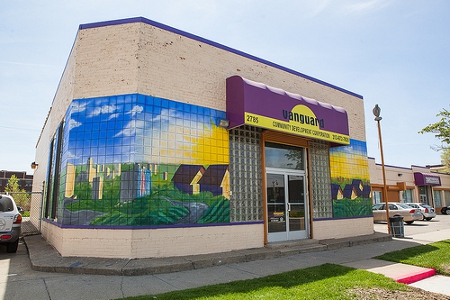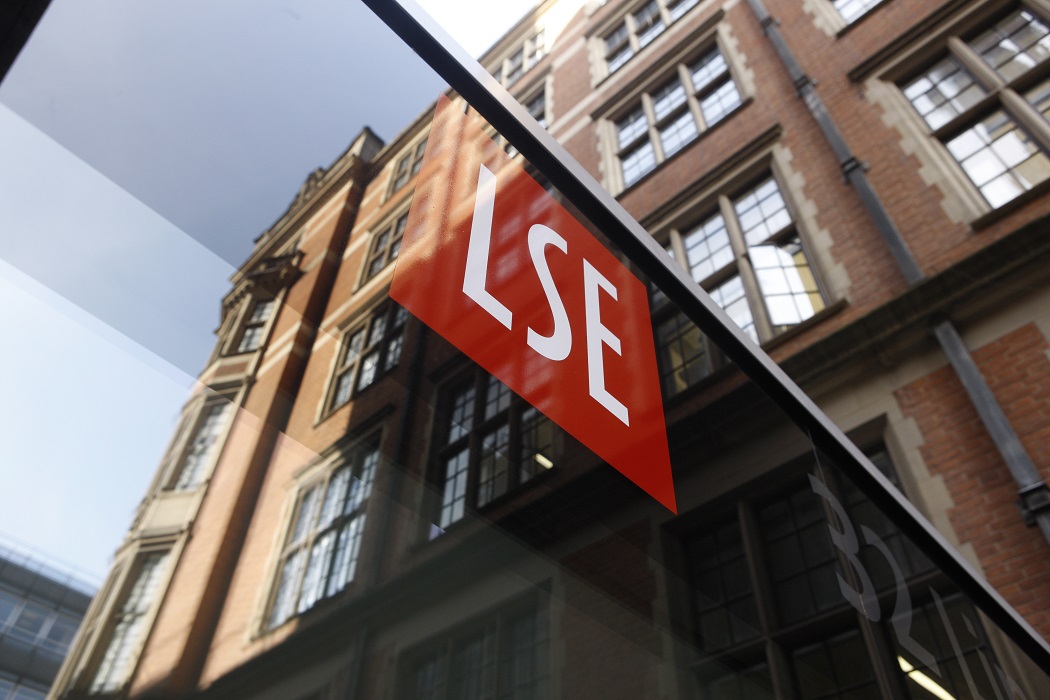 Five years on from the beginning of the financial crisis, inequality in the U.S has risen to levels not seen for more than a century. With austerity the new normal, greater public expenditure on social programs is now a political impossibility. Joe Guinan looks at how in the central neighbourhoods of some of America’s larger cities, more and more people are fighting back against neoliberal austerity policies by turning to economic alternatives in which new wealth is built collectively and from the bottom up.
Five years on from the beginning of the financial crisis, inequality in the U.S has risen to levels not seen for more than a century. With austerity the new normal, greater public expenditure on social programs is now a political impossibility. Joe Guinan looks at how in the central neighbourhoods of some of America’s larger cities, more and more people are fighting back against neoliberal austerity policies by turning to economic alternatives in which new wealth is built collectively and from the bottom up.
Five years after the financial crisis economic inequality in the United States is spiralling to levels not seen since the Gilded Age of the late 19th century. While most Americans are experiencing a recovery-less recovery, the top one per cent of earners last year claimed 19.3 per cent of household income, their largest share since 1928. Moreover, income distribution looks positively egalitarian when compared to wealth ownership. This year’s Forbes list of the wealthiest Americans revealed that the top 400 richest individuals in the country have amassed over $2 trillion, more than the bottom 180 million combined. Meanwhile, the median American household makes less than it did in 1989, with over 40 per cent of families living from payday to payday with almost no savings to fall back on in the event of job loss or other economic emergency.
The problem can no longer be ignored. Barack Obama now calls for “middle-out” rather than top-down growth. A new film featuring Clinton-era Secretary of Labour Robert Reich, Inequality for All, hammers similar themes. Almost entirely absent is a solution. The distributional effects of the recovery have been extremely regressive, with 95 per cent of income gains going to the top one per cent, but the crisis alone cannot be blamed. The underlying trends have been thirty years in the making. Ultimately they are traceable to massive global economic forces – financialisation, the “great doubling” of labour markets, corporate downsizing and restructuring – unleashed with the breakdown of the postwar consensus and the ascent of neoliberal deregulation, privatisation and de-unionisation.

The political weight of organised labour once served as the “countervailing power” buttressing social priorities across Europe and North America. But trade union power has been in steep decline. In the United States, union membership now stands at less than 7 per cent in the private sector. The capacity of governments around the world to hold the line against rising inequality through taxation and redistributive spending – even when they actually wish to do so – is ever more reduced. The upshot has been stagnation, falling real wages and cutbacks in social provision.
The bursting of the “long bubble” of cheap debt and serial asset inflations has precipitated a political crisis for the centre-left. Their strategy of full accommodation to neoliberalism in order to skim off the surplus for ameliorative social spending has collapsed with the growth upon which it depended. In the new climate of rampant inequality and social revanchism, even committed left politicians are reduced to promising a kinder, gentler management of their constituents’ downward mobility on the basis of an ethic of comparative scarcity. The most vulnerable are paying the price.
Things will likely get worse. As Michael Hudson warns, with the economy “loaned out” a new wave of asset-stripping privatisation is crashing in, threatening to engulf schools, hospitals and public services. Wall Street is poised to loot public pension funds. It is becoming essential – as my colleagues Gar Alperovitz and Steve Dubb have argued – to move beyond defensive rearguard actions on ever-less-favourable terrain to a strategy capable of taking the offensive.
Interestingly, such a strategy may be emerging in the central neighbourhoods of some of America’s larger cities. As federal and state transfers dry up – 2012 saw the sixth year-on-year decline in city revenues – social pain is intensifying in communities that have long suffered high levels of unemployment and poverty. Precisely because large public expenditures for jobs and housing are politically impossible, more and more people are turning to economic alternatives in which new wealth is built collectively and from the bottom up.
These developments include nonprofit community development corporations and community land trusts that develop and maintain low-income housing, as well as community development financial institutions that now invest more than $5.5 billion a year in poor communities. Employee ownership is on the rise, extending to 11,000 businesses and involving three million more workers than are members of private sector unions. A third of Americans belong to urban, agricultural and credit union cooperatives. In the public sector, local government economic development programs invest in area businesses while municipal enterprises build infrastructure and provide services, raising revenue and promoting employment and economic stability, diversifying the base of locally controlled capital. Two thousand publicly owned utilities, together with co-ops, provide a quarter of America’s electricity. Public pension assets are being channelled into job creation and community economic development. More and more US states are looking into the creation of public banking systems like the long-standing public Bank of North Dakota.
These initiatives have gained traction slowly and received little attention from the mainstream media. But in the wake of the crisis they have proliferated. They illuminate how new community wealth-building approaches can work in practice and generate new solutions to economic challenges. From such developments it is becoming possible to project and extend a vision of democratised municipal and regional economies, oriented toward local multipliers, as an alternative to neoliberal austerity.
Europe is no stranger to the institutions involved. Many of them have their origins in the political and economic struggles of the nineteenth- and twentieth-century labour movement. But social democrats have been slow to embrace them, indulging them as worthy but irrelevant curiosities. They should think again. No one knows how to reverse the long-term decline of organised labour that has undermined social democratic possibilities. But we do know how to build up new institutional power bases that can provide an alternative ‘place to stand’ in the twenty-first century economy. It is to this steadily building array of alternative economic institutions, and not to technocratic lever pulling, that we should look for an economics – and a politics – capable of breaking through the permafrost of neoliberalism to address our deep social and economic problems.
Joe Guinan will be speaking at an event hosted by Policy Network and Renewal on 10 October.
This article originally appeared at Policy Network, as part of their work on The limits of nation state social democracy.
Please read our comments policy before commenting.
Note: This article gives the views of the authors, and not the position of USApp– American Politics and Policy, nor of the London School of Economics.
Shortened URL for this post: http://bit.ly/18wth9A
_________________________________
 Joe Guinan – University of Maryland
Joe Guinan – University of Maryland
Joe Guinan is a Senior Fellow at the Democracy Collaborative at the University of Maryland and Co-Director of the Next System Project.







The new Deal and the Great Society have crowded out many institutions similiar to those described in the article. Community organizations, including the Free Masons and ethinic clubs (such as the Italian-American Club or Polish-American Club) provided a valuable safety net that was wiped out by centralization. Allowing the free market to solve problems from the bottom up, not the top down as proposed by Reich and Obama, would help restore social mobility through economic growth.